The team at a South Florida acute-care facility was struggling to reduce hospital-acquired infection (HAI) rates and was experiencing operational challenges tied to efficient room turnover time.
After reviewing their tedious in-house laundry system and processes, the team determined it would switch to single-use microfiber floor pads to help cut infection rates and improve cleaning efficiencies, according to an article on the CleanLink website.
Recent findings in a study published in the American Journal of Infection Control further validated this decision. In the study, 41 percent of hospital rooms had high-touch objects (both personal items and medical devices) in contact with the floor. Floors are a rich source of contamination due to procedures, mobile medical equipment and daily foot traffic from employees, patients and visitors. Floor-to-patient transmission of pathogens can happen in an instant.
Unfortunately, laundered microfiber mops and wipes have been determined to add to — rather than reduce — this risk. In fact, ATP tests show that laundered microfiber mops and wipes don’t clean as well as new ones. They are engineered to grab and remove bioburden from hospital floors or surfaces effectively; however, that same technology keeps them from letting go of it, even in the best of laundering processes.
To that end, each time microfiber mops and wipes are reused, facilities run the risk of redepositing dangerous pathogens back into patient critical areas, exposing them to infection. In addition, the built-up residues neutralize disinfectants, rendering them ineffective in eliminating the pathogens that endanger vulnerable patients.
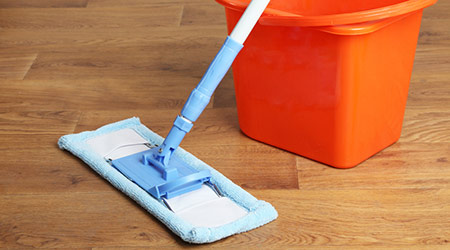
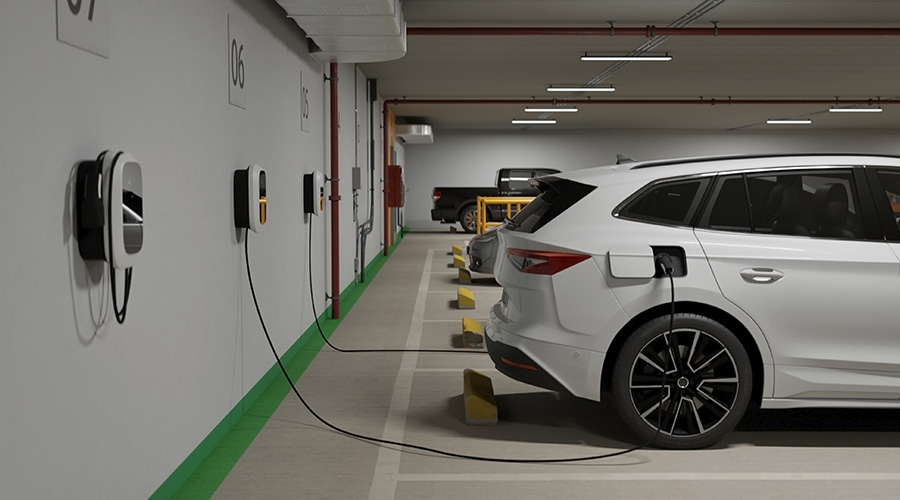 EV Charging Stations: Planning for Safety, Convenience, Expansion
EV Charging Stations: Planning for Safety, Convenience, Expansion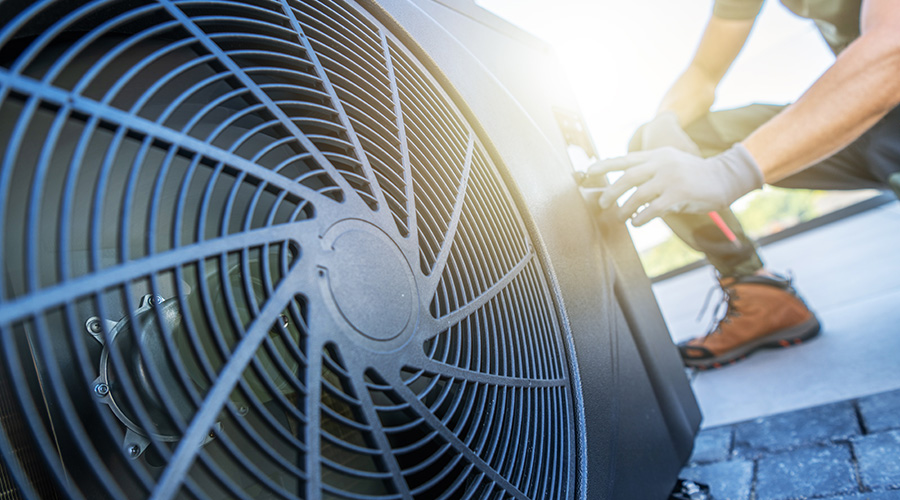 Why Ambulatory Surgery Centers Are Turning to Dedicated HVAC Systems
Why Ambulatory Surgery Centers Are Turning to Dedicated HVAC Systems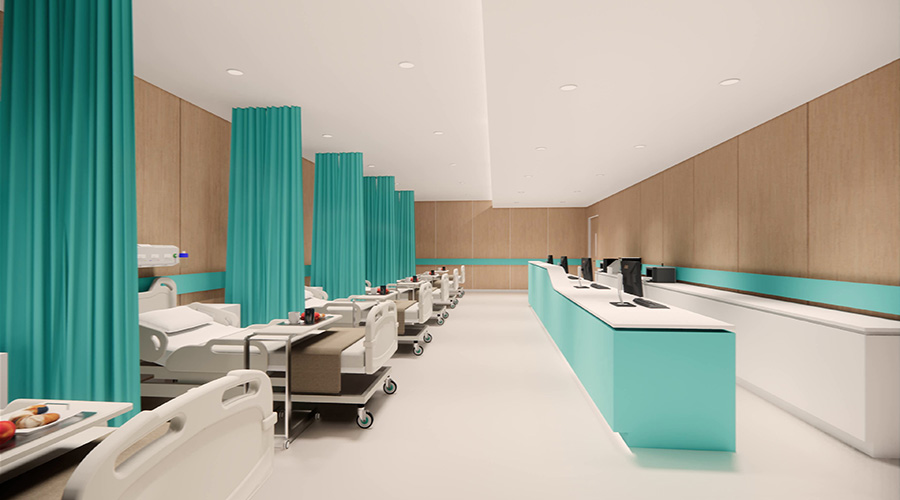 Ground Broken on UW Health University Row Medical Center
Ground Broken on UW Health University Row Medical Center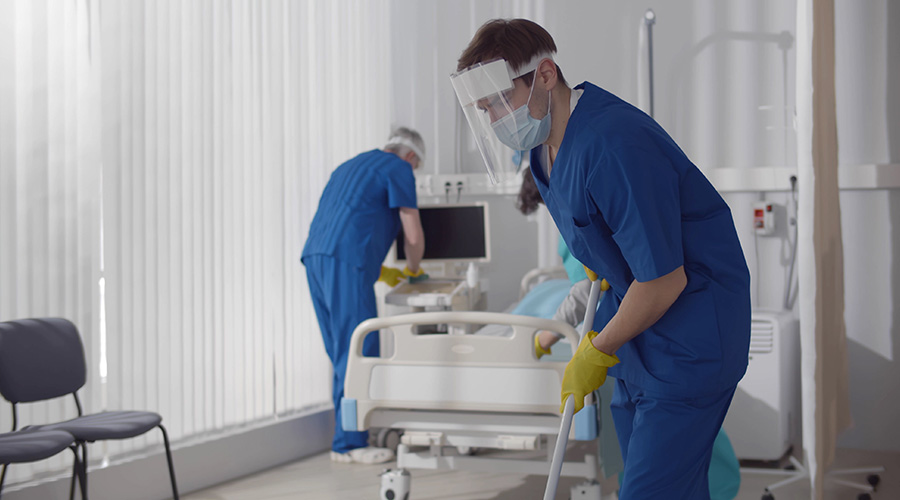 Better, More Thorough Cleaning Saves Lives
Better, More Thorough Cleaning Saves Lives Encompass Health Opens the Rehabilitation Hospital of Amarillo
Encompass Health Opens the Rehabilitation Hospital of Amarillo